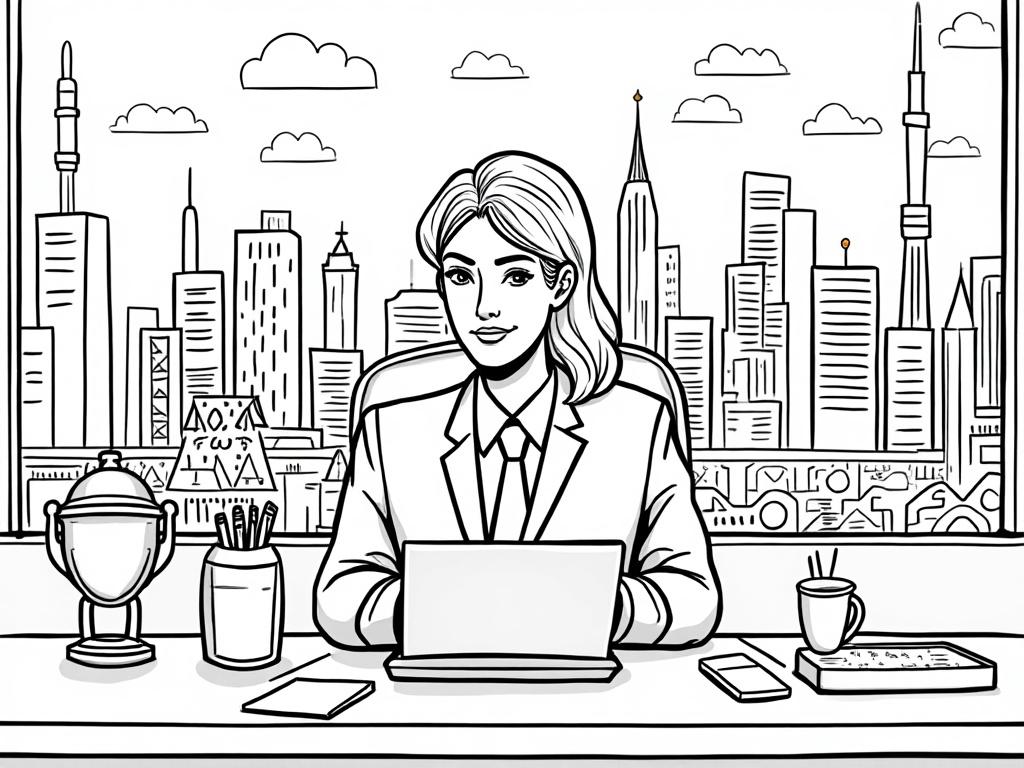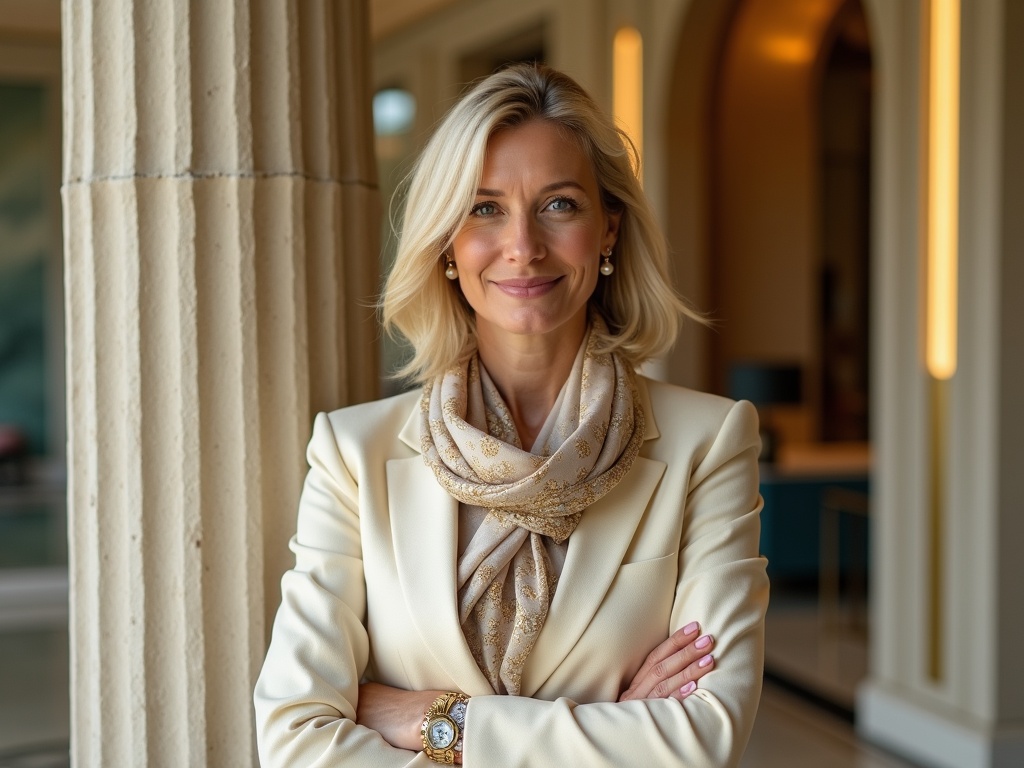
Masdar City: UAE’s Blueprint for Sustainable Urban Living
Reading time: 12 minutes
Ever wondered what a city powered entirely by renewable energy looks like? Welcome to Masdar City—Abu Dhabi’s ambitious answer to urban sustainability challenges. This isn’t just another green building project; it’s a living laboratory where cutting-edge technology meets everyday life.
Table of Contents
- The Vision Behind Masdar City
- Innovative Urban Design Principles
- Technology Integration and Smart Systems
- Overcoming Development Challenges
- Economic and Environmental Impact
- Global Lessons and Applications
- Building Tomorrow’s Cities Today
- Frequently Asked Questions
The Vision Behind Masdar City
Picture this: It’s 2006, and oil prices are soaring. Yet Abu Dhabi’s leadership makes a counterintuitive decision—invest $15 billion in a city that runs without fossil fuels. Why? Because true visionaries understand that today’s bold experiments become tomorrow’s standard practices.
Masdar City emerged from the UAE’s recognition that economic diversification isn’t optional—it’s survival. Sheikh Mohammed bin Zayed Al Nahyan championed this project as part of the UAE’s Vision 2071, aiming to make the country the world’s best nation by its centennial.
Core Sustainability Pillars
The city’s foundation rests on four revolutionary principles:
- Zero Carbon Emissions: All energy comes from renewable sources
- Zero Waste: Complete recycling and waste-to-energy systems
- Car-Free Environment: Personal rapid transit and pedestrian-focused design
- Water Security: Solar-powered desalination and advanced recycling
Here’s the fascinating part: Masdar City isn’t just implementing these principles—it’s proving they work at scale. Current residents and businesses report 54% lower energy consumption compared to conventional UAE developments.
Strategic Location and Master Planning
Located 17 kilometers from Abu Dhabi’s city center, Masdar occupies 6 square kilometers of strategically chosen desert land. The location leverages prevailing wind patterns for natural cooling while positioning itself as a buffer between urban Abu Dhabi and the airport—perfect for sustainable aviation fuel research.
Innovative Urban Design Principles
Walking through Masdar City feels like stepping into a climate-controlled outdoor mall—and that’s intentional. The urban design tackles the Middle East’s biggest challenge: extreme heat.
Passive Cooling Architecture
Traditional Arabic architecture meets space-age engineering in Masdar’s buildings. The secret? Wind towers and thermal mass cooling. Buildings feature thick walls that absorb heat during the day and release it at night, reducing cooling costs by up to 70%.
Take the Masdar Institute building—its design draws inspiration from traditional Persian wind catchers, channeling cool air through the structure. The result? Interior temperatures stay 15-20°C below outdoor temperatures without mechanical cooling during peak hours.
The Personal Rapid Transit Revolution
Forget traffic jams. Masdar’s Personal Rapid Transit (PRT) system represents the world’s first commercial application of driverless electric pods. These sleek vehicles:
- Transport up to 8,000 passengers daily
- Operate 18 hours daily with 99.2% uptime
- Reduce transportation emissions to literally zero
- Connect seamlessly with Abu Dhabi’s metro system
Real-world impact: Residents report 45-minute time savings on daily commutes compared to conventional car travel to downtown Abu Dhabi.
Integrated Green Spaces
Here’s where Masdar gets creative with water scarcity. The city features vertical gardens that use 70% less water than traditional landscaping through precision drip irrigation and drought-resistant native plants. These green walls don’t just look good—they provide natural air purification and reduce ambient temperatures by 3-5°C.
Technology Integration and Smart Systems
Masdar City functions as a real-world testing ground for technologies that most cities only dream about implementing. The integration goes far beyond installing solar panels—it’s about creating intelligent systems that learn and adapt.
Smart Grid Innovation
The city’s smart grid doesn’t just distribute electricity—it optimizes it in real-time. Advanced algorithms predict energy demand based on weather patterns, building occupancy, and historical usage data. During peak summer months, the system automatically shifts non-critical loads to cooler evening hours.
Smart Grid Performance Metrics
85%
99.5%
78%
62%
Water Innovation Hub
Water technology in Masdar pushes boundaries that seemed impossible just a decade ago. The city’s water management system integrates:
- Solar desalination producing 120,000 liters daily
- Atmospheric water generation extracting moisture from desert air
- Greywater recycling achieving 90% water reuse rates
- Smart irrigation using soil sensors and weather prediction
The breakthrough moment came in 2019 when Masdar achieved water-positive status during winter months—actually producing more clean water than residents consumed.
Overcoming Development Challenges
Let’s address the elephant in the room: Masdar City faced significant hurdles that nearly derailed the entire project. Understanding these challenges—and how the developers overcame them—offers valuable lessons for sustainable urban development worldwide.
The 2008 Financial Crisis Reality Check
The global financial crisis hit just two years after Masdar’s launch, forcing a complete project reassessment. Original plans for 50,000 residents were scaled back to a more realistic 5,000-7,000 initial population. The lesson? Sustainable development requires flexible, phased approaches rather than all-or-nothing commitments.
Project leaders pivoted from residential focus to commercial and research development. This strategic shift attracted international companies and research institutions, creating a sustainable economic foundation before residential expansion.
Technology Integration Complexities
Early residents faced what developers diplomatically called “teething problems.” The PRT system experienced frequent breakdowns, smart home systems conflicted with each other, and the integrated building management systems proved too complex for everyday users.
The solution: Simplification and redundancy. Current systems feature manual overrides for all automated functions, and user interfaces were redesigned based on actual resident feedback rather than engineering preferences.
| Challenge | Original Approach | Revised Strategy | Outcome |
|---|---|---|---|
| Population Target | 50,000 residents by 2015 | Phased growth: 7,000 by 2025 | Sustainable occupancy rates |
| Transportation | 100% PRT system | PRT + electric buses + cycling | 99.2% system reliability |
| Energy Generation | 100% solar power | Solar + wind + grid backup | 78% renewable energy mix |
| Waste Management | Zero waste to landfill | 95% diversion rate target | 92% waste diversion achieved |
| Development Timeline | Complete by 2016 | Phased completion through 2030 | 65% completion by 2024 |
Cultural Adaptation Challenges
The biggest surprise? Getting people to actually live differently. Residents initially struggled with water conservation habits, energy monitoring, and car-free lifestyle adaptation. The solution involved comprehensive orientation programs and community engagement initiatives that made sustainable living feel natural rather than restrictive.
Economic and Environmental Impact
Numbers tell Masdar City’s real story. After nearly two decades of development, the data reveals both remarkable successes and areas for continued improvement.
Environmental Performance Metrics
Masdar City has prevented approximately 250,000 tons of CO2 emissions since 2010—equivalent to removing 54,000 cars from roads annually. The city’s environmental impact extends beyond its borders through research and technology transfer to other UAE developments.
Water consumption averages 135 liters per person daily, compared to the UAE national average of 550 liters. This 75% reduction demonstrates that desert cities can achieve water security through integrated technology and behavioral change.
Economic Development Success
The economic model proved skeptics wrong. Masdar City now hosts over 1,000 companies and generates approximately $500 million in annual economic activity. Key sectors include:
- Clean technology research: 40% of economic activity
- Renewable energy manufacturing: 25%
- Sustainable consulting services: 20%
- Educational institutions: 15%
The presence of international companies like Siemens, General Electric, and Schneider Electric validates Masdar’s role as a regional clean technology hub.
Technology Export Success Stories
Masdar’s innovations now influence developments across the Middle East and beyond. The passive cooling techniques developed in Masdar are being implemented in Saudi Arabia’s NEOM project, while the smart grid technology has been adapted for cities in Morocco and Jordan.
Global Lessons and Applications
What can other cities learn from Masdar’s journey? The answer isn’t simply “copy the technology”—it’s about adapting the approach to local conditions and constraints.
Scalable Urban Planning Principles
Masdar’s compact, mixed-use development model works in climates far beyond the Middle East. Cities like Copenhagen and Singapore have adapted Masdar’s district cooling concepts, while Phoenix and Las Vegas are implementing similar water management strategies.
Key transferable lessons:
- Start small, scale gradually: Pilot projects build confidence and refine technologies
- Integrate rather than retrofit: Building sustainability from scratch costs less than retrofitting
- Community engagement matters: Technology alone doesn’t change behavior
- Economic viability is non-negotiable: Environmental benefits must align with financial sustainability
Adaptation Strategies for Different Contexts
Masdar’s success in extreme heat offers lessons for cities facing climate change challenges worldwide. The passive cooling principles work in hot, dry climates from Arizona to Australia, while the water management strategies apply to water-stressed regions globally.
European cities are adapting Masdar’s district energy concepts for cold climates, using geothermal systems instead of solar cooling. The smart grid technologies scale effectively to both larger metropolitan areas and smaller eco-villages.
Building Tomorrow’s Cities Today
Masdar City’s story isn’t finished—it’s entering its most exciting phase. By 2030, the city expects to reach full build-out with 40,000 daily occupants (residents, workers, and students) and achieve true carbon neutrality.
Your Sustainable City Roadmap
Whether you’re a city planner, developer, or engaged citizen, Masdar’s experience offers a practical blueprint for sustainable urban development:
- Define clear, measurable goals: Masdar’s success stems from specific targets (zero carbon, zero waste) rather than vague sustainability aspirations
- Prioritize integrated systems: Individual green technologies matter less than how they work together
- Plan for behavioral change: Technology enables sustainability, but people make it happen
- Build economic sustainability first: Environmental goals need solid financial foundations
- Embrace iterative improvement: Perfect is the enemy of progress—start with good enough and improve continuously
The urban sustainability revolution isn’t waiting for perfect conditions or unlimited budgets. It’s happening now, in desert cities and arctic towns, in megacities and small communities. Masdar City proves that the future of urban living isn’t just possible—it’s profitable, practical, and increasingly inevitable.
As global temperatures rise and resources become scarcer, the question isn’t whether cities will need to become sustainable, but how quickly they can learn from pioneers like Masdar. What will your city look like in 2040, and what steps will you take today to shape that future?
Frequently Asked Questions
Can Masdar City’s model work in other climates and cultures?
Absolutely, but with adaptations. The core principles—integrated renewable energy, smart resource management, and compact urban design—translate globally. However, specific technologies must be adapted to local conditions. For example, while Masdar uses solar cooling for hot climates, northern cities would implement geothermal heating systems. The key is applying Masdar’s systematic approach to sustainability rather than copying exact technologies.
How much does it cost to live in Masdar City compared to conventional developments?
Initially, living costs were 15-20% higher than comparable Abu Dhabi developments. However, residents now save approximately $2,400 annually on utilities due to energy efficiency and renewable power generation. When factoring in reduced transportation costs (no car needed), health benefits from cleaner air, and improved quality of life, many residents find the total cost of living competitive with or lower than conventional urban areas.
What are the biggest lessons learned from Masdar City’s development challenges?
Three critical lessons stand out: First, sustainable development requires patient capital and flexible timelines—rushing leads to costly mistakes. Second, community engagement and user experience matter as much as cutting-edge technology. Third, economic sustainability enables environmental sustainability, not the other way around. Cities must create viable business models that make green development profitable for developers and attractive to residents and businesses.

Article reviewed by Rafael Costa, Emerging Markets Expert | High-Growth Opportunities, on June 4, 2025



